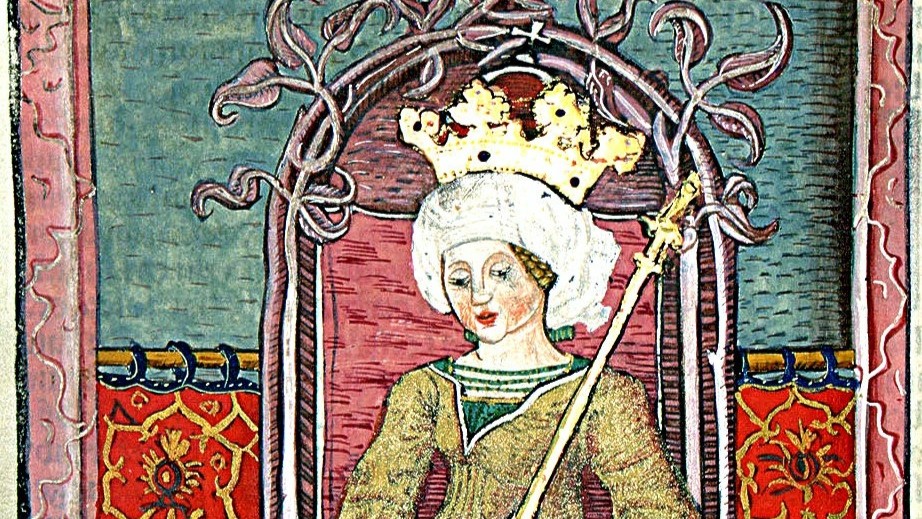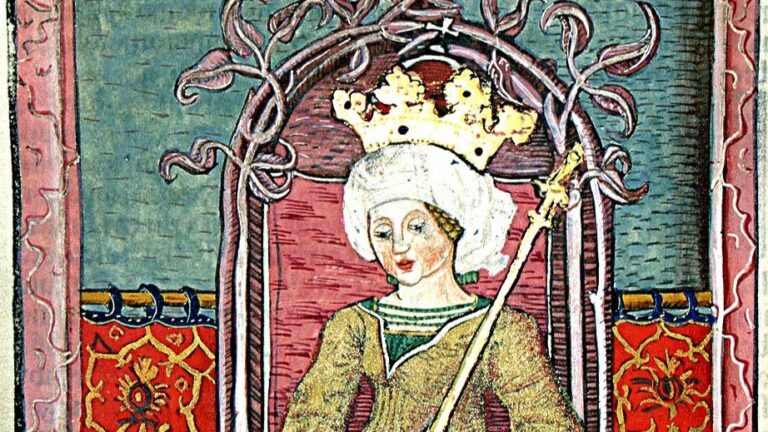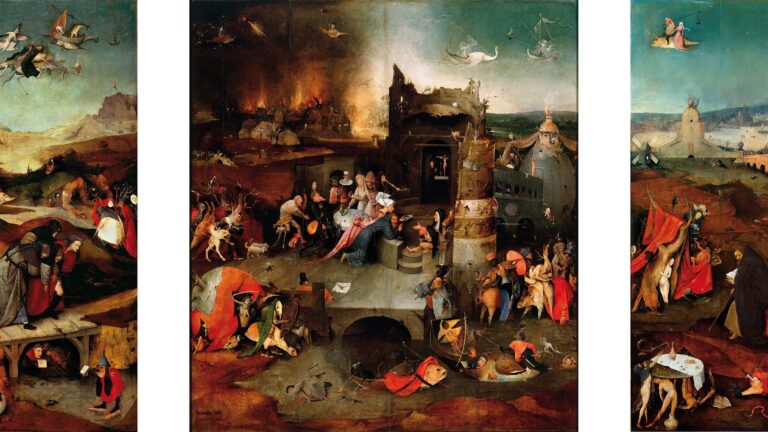The Hungarian Museum of Science, Technology and Transport (MMKM) has identified a set of 185-year-old, previously unknown construction drawings by Adam Clark, the Scottish engineer who oversaw the building of Budapest’s iconic Chain Bridge. The museum announced on Thursday that the rediscovered plans will be available for public viewing from November at the Technical Study Stores in the capital.
The hand-drawn sketches by Clark (1811–1866) reveal new details about the bridge’s construction. Notably, the plans depict four chain lines supporting the bridge, while only two were ultimately built into the final structure.
At the drawings’ first public presentation on Tuesday, museum director Domonkos Schneller highlighted that archival and revision work is often a thankless task in museum life. ‘This exhibition honours those who have dedicated years, even decades, to meticulous archival research, without which Hungary’s cultural history would be poorer,’ he said.
Construction of the Chain Bridge began in 1839, based on the designs of British engineer William Tierney Clark, under the supervision of Adam Clark. The foundation stone was laid in 1842, and the bridge was inaugurated in November 1849, becoming the first permanent crossing between Buda and Pest.
The 25 rediscovered drawings, created during the bridge’s construction, preserve over 180 years of engineering history. Experts had long considered the original plans lost, as existing archival documents were believed to date only from the 1860s.
Among the displayed materials are detailed depictions of the bridge’s pillars and abutments, as well as technical plans showing the order and layout of pile-driving, one of the most crucial stages of the bridge’s foundation work. Some drawings even portray the machinery and equipment used in the 1840s construction process.
One of the most striking revelations is that Clark’s original plans included four chain lines per side, compared to the two implemented in the final design. These chains—composed of thick iron links—form the suspension structure that supports the bridge’s deck.
According to the museum, the drawings provide invaluable insight into the Chain Bridge’s early engineering history and could contribute to a more comprehensive academic study of its construction. While historian Gyula Viszota documented the bridge’s pre-1836 background in 1936, and Csaba Domonkos published its post-1849 history in 2024, the years between 1836 and 1849 remain scientifically underexplored.
The drawings will be on display from 1 November to 31 December at the Technical Study Stores on Wednesdays and Thursdays. Digital versions will also appear at later events in the Customs House of the Liberty Bridge, with updates available via the museum’s Facebook page.
Related articles:







